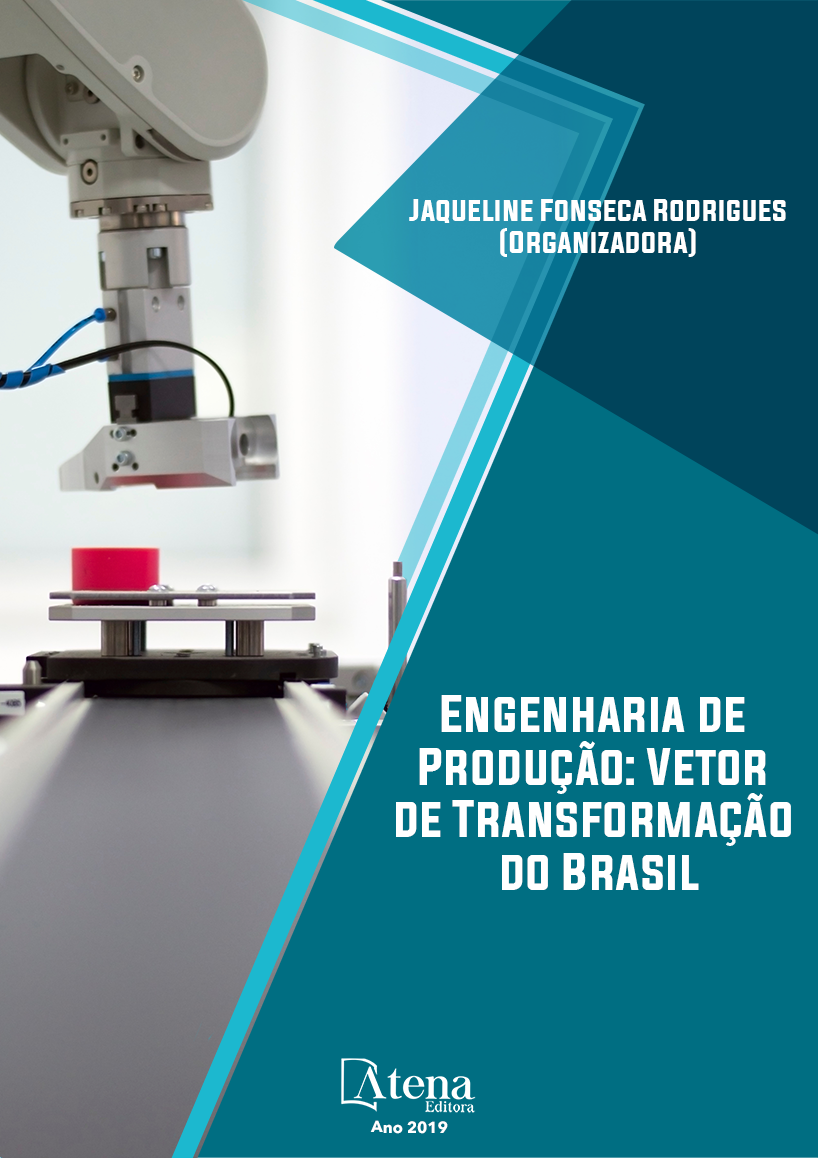
O USO SIMULAÇÃO PARA A TOMADA DE DECISÃO EM AMBIENTES DE ATENDIMENTO AOS USUÁRIOS DE INSTITUIÇÕES DE ENSINO SUPERIOR
O processo de tomada de decisão em ambientes sob incerteza e competição são inerentemente desafiadores e de elevada dificuldade de previsão de eventos futuros. Particularmente quanto tais eventos assumem um comportamento aleatório, buscam-se metodologias e técnicas que simulem o comportamento real do sistema investigado que, com apoio de modelos estatísticos, permitam os gestores a enfrentarem os problemas das empresas no nosso cotidiano. Neste sentido, a presente pesquisa tem por objetivo avaliar o desempenho do funcionamento de uma central de atendimento de usuários de uma Instituição de Ensino Superior (IES) no município de Campos dos Goytacazes/RJ. Para isso, foi utilizado simulação de eventos discretos, cujo os dados utilizados para a análise foram obtidos de registros eletrônicos e observações in loco, de maneira a coletar informações referentes ao comportamento do sistema. O delineamento experimental utilizado foi o fatorial completo composto por dois fatores, Demanda e Recurso. Os resultados obtidos a partir da análise estatística do projeto experimental, por meio da ANOVA, indicaram que o tempo de espera na fila foi influenciado por uma determinada combinação de Demanda e Recurso.
O USO SIMULAÇÃO PARA A TOMADA DE DECISÃO EM AMBIENTES DE ATENDIMENTO AOS USUÁRIOS DE INSTITUIÇÕES DE ENSINO SUPERIOR
-
DOI: 10.22533/at.ed.11919040914
-
Palavras-chave: Sistemas de atendimento; Teoria da Filas, Simulação e Eventos Discretos;
-
Keywords: Service systems; Theory of Queues, Simulation and Discrete Events;
-
Abstract:
The decision-making process in environments under uncertainty and competition are inherently challenging and difficult to predict future events. Particularly when such events assume a random behavior, we seek methodologies and techniques that simulate the real behavior of the investigated system that, with the support of statistical models, allow the managers to face the problems of the companies in our daily life. In this sense, the present research has the objective of evaluating the performance of a service center of users of a Higher Education Institution (HEI) in the municipality of Campos dos Goytacazes / RJ. For that, we used discrete event simulation, whose data used for the analysis were obtained from electronic records and observations in loco, in order to collect information regarding the behavior of the system. The experimental design used was the complete factorial composed of two factors, Demand and Resource. The results obtained from the statistical analysis of the experimental design, through ANOVA, indicated that the waiting time in the queue was influenced by a certain combination of Demand and Resource.
-
Número de páginas: 15
- Fábio Freitas da Silva
- Andressa da Silva Duarte Silva
- João Lucas Olímpio da Silva
- Annabell Del Real Tamariz
- Aílton da Silva Ferreira
- Denise Cristina de Oliveira Nascimento
- Leonard Barreto Moreira


